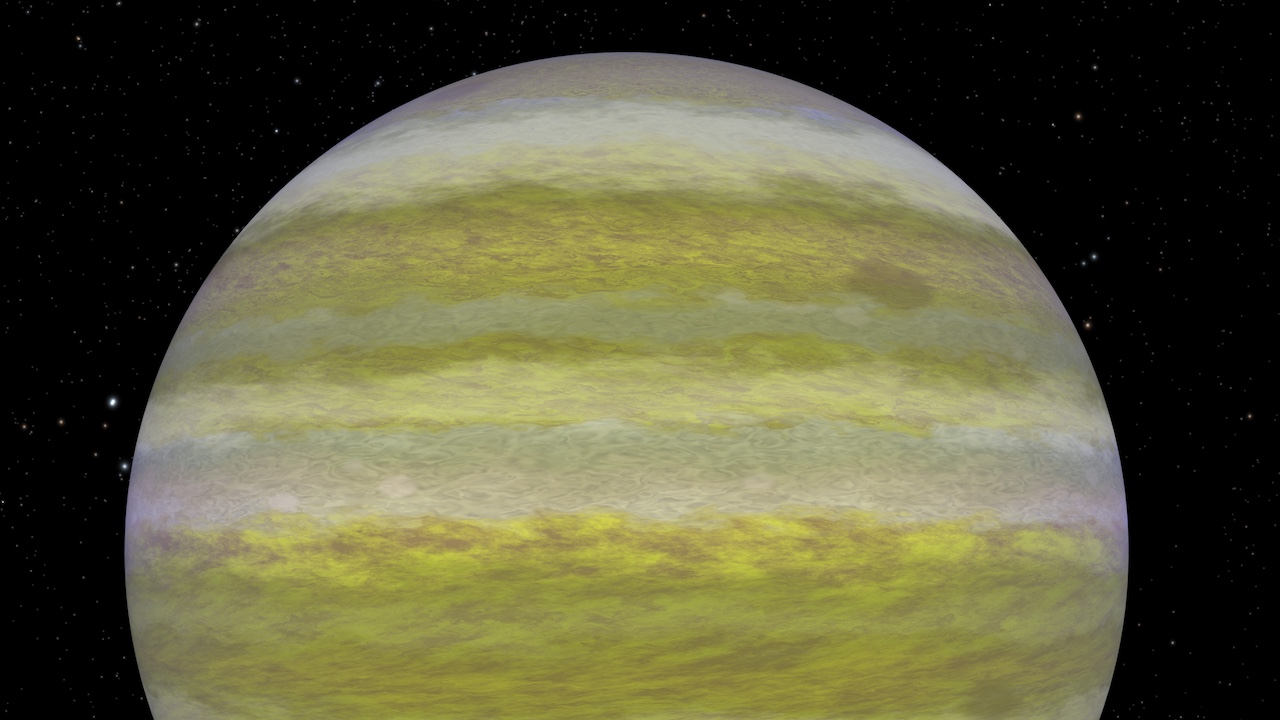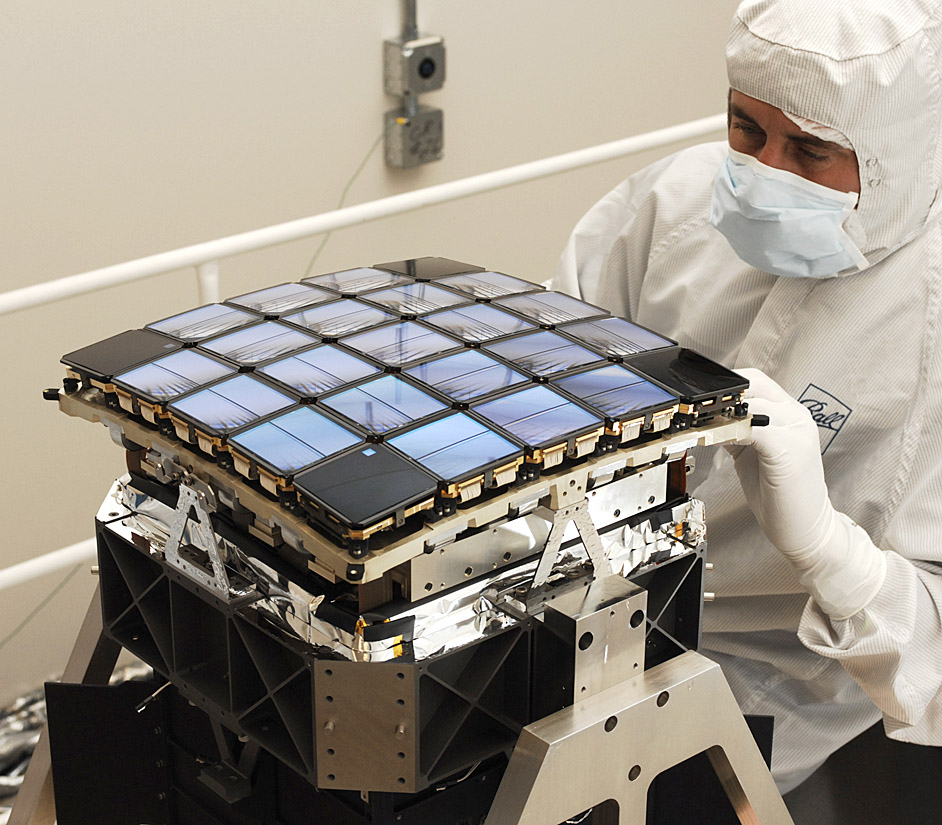3 min read
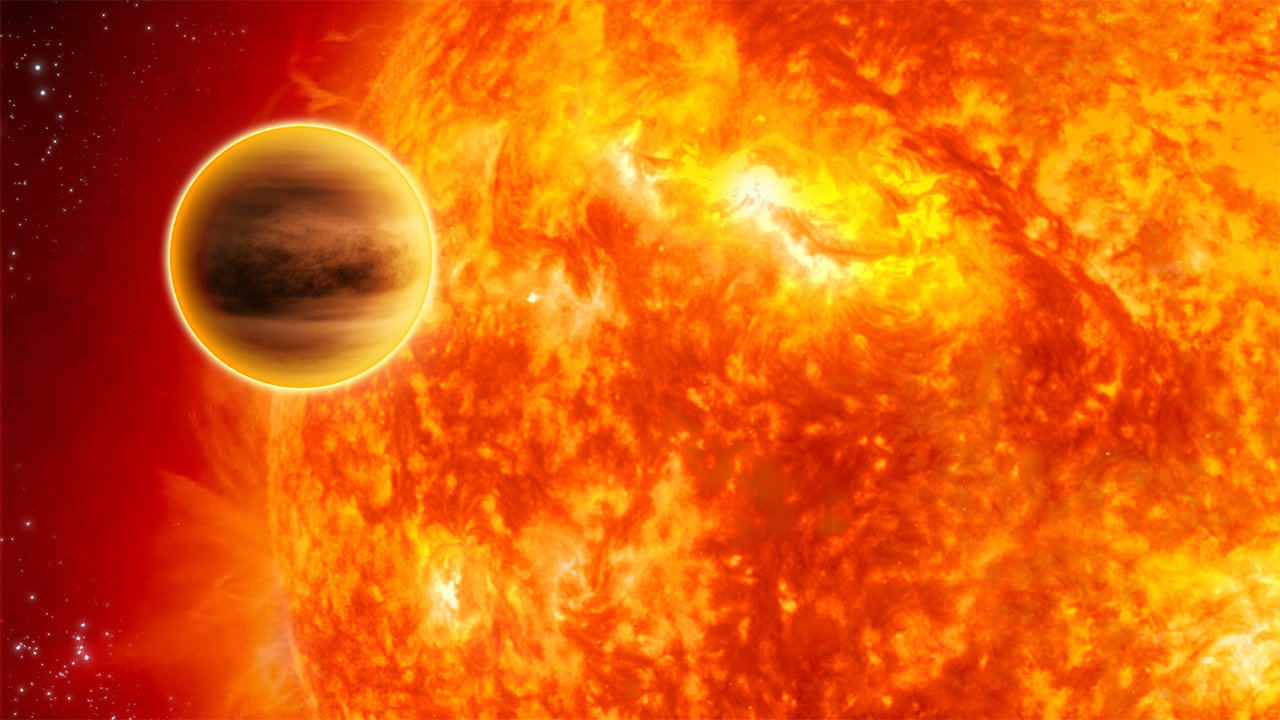
We call planets in our solar system, well, planets, but the many planets we’re starting to discover outside of our solar system are called exoplanets. Basically, they’re planets that orbit another star.
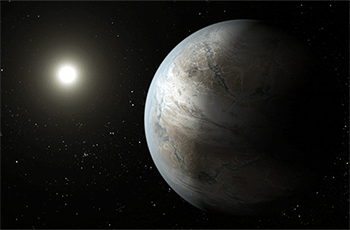
Remember the major 2016 announcement that NASA had discovered seven planets 40 light-years away, orbiting a star called TRAPPIST-1? Those are all exoplanets. (Here’s a refresher.)
Just last month, NASA’s Kepler telescope discovered 95 new exoplanets beyond our solar system (on top of the thousands of exoplanets Kepler has discovered so far). The total known planet count beyond our solar system is now more than 3,700. The planets range in size from mostly rocky super-Earths and fluffy mini-Neptunes, to Jupiter-like giants. They include a new planet orbiting a very bright star—the brightest star ever discovered by Kepler to have a transiting planet.
How many more exoplanets are out there waiting to be discovered? TESS will monitor more than 200,000 of the nearest and brightest stars in search of transit events—periodic dips in a star’s brightness caused by planets passing in front—and is expected to find thousands of exoplanets.
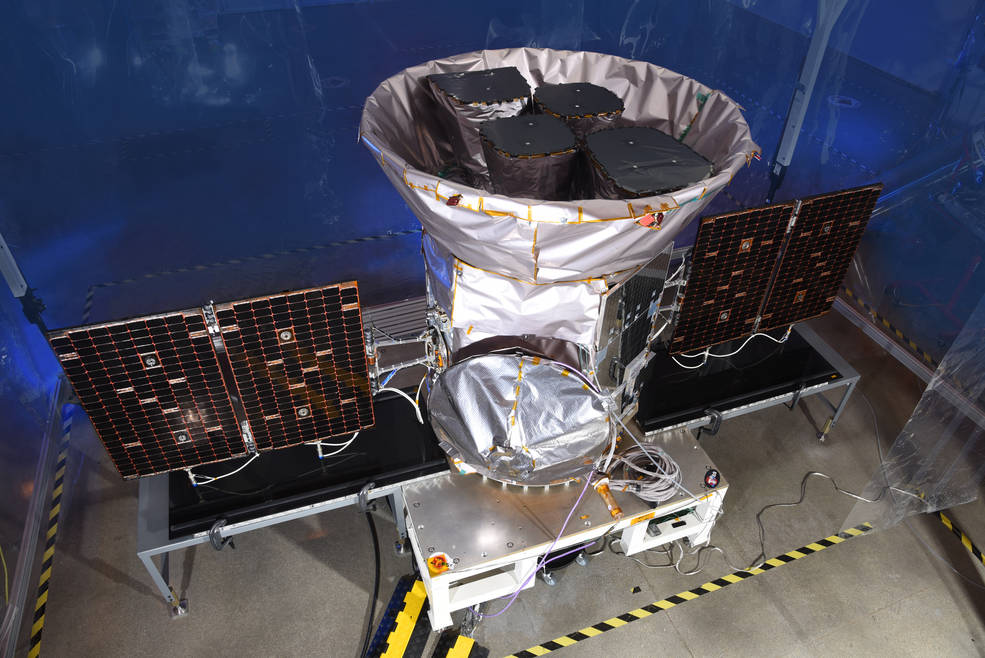
NASA’s upcoming James Webb Space Telescope, scheduled for launch in 2019, will provide important follow-up observations of some of the most promising TESS-discovered exoplanets. It will also allow scientists to study their atmospheres and, in some special cases, search for signs that these planets could support life.
TESS is scheduled to launch on a SpaceX Falcon 9 rocket from Cape Canaveral Air Force Station nearby NASA’s Kennedy Space Center in Florida, no earlier than April 16, pending range approval.
In 1995, 51 Pegasi b (also called "Dimidium") was the first exoplanet discovered orbiting a star like our Sun. This find confirmed that planets like the ones in our solar system could exist elsewhere in the universe.
A recent statistical estimate places, on average, at least one planet around every star in the galaxy. That means there could be a trillion planets in our galaxy alone, many of them in the range of Earth’s size.
Of course, the NASA's ultimate science goal is to find unmistakable signs of current life. How soon can that happen? It depends on two unknowns: the prevalence of life in the galaxy and a bit of luck. Read more about the search for life.
No need to be an astronaut. Take a trip outside our solar system with help from NASA’s Exoplanet Travel Bureau.



